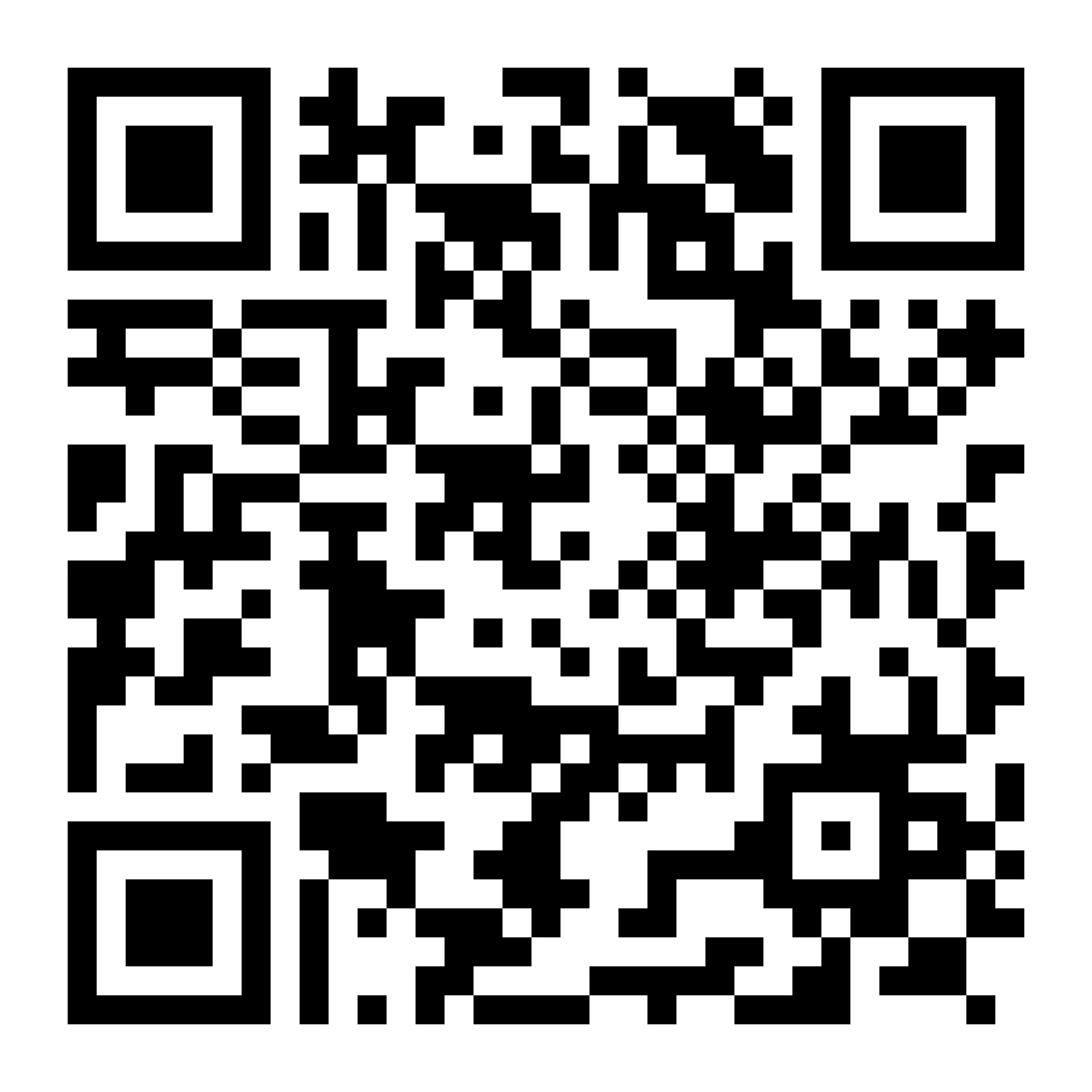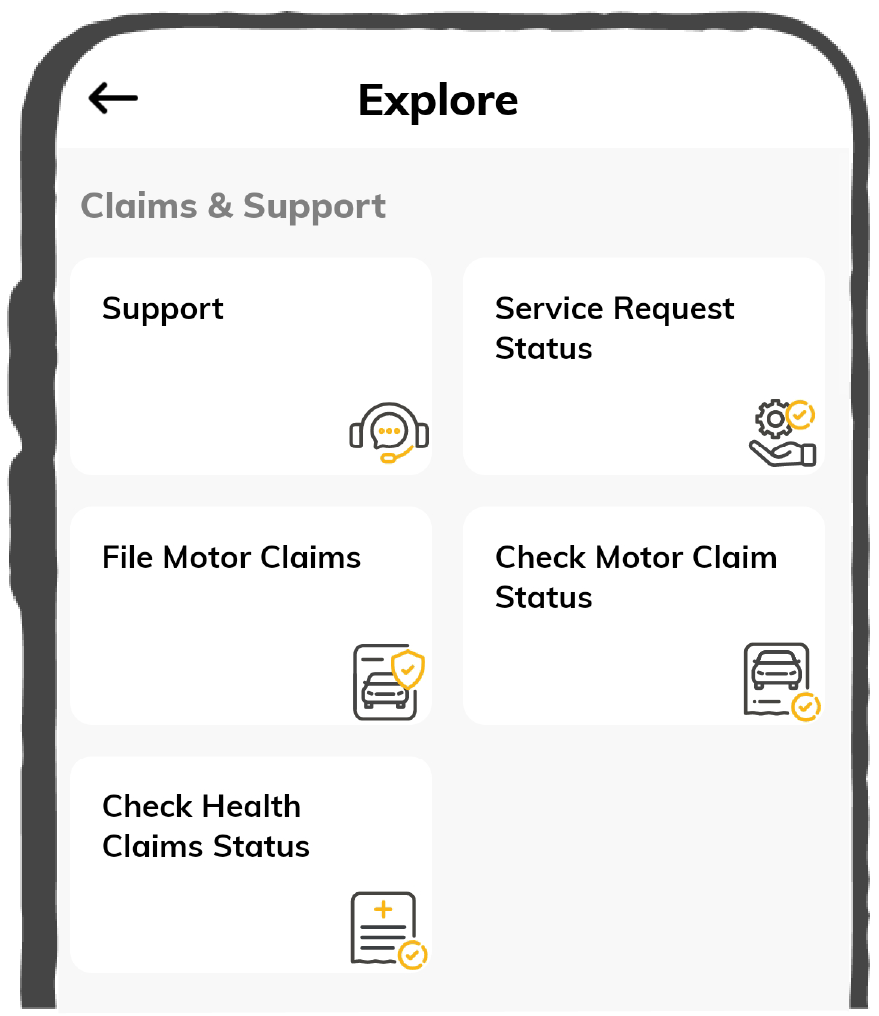Quick Claim Process

Affordable Premium

Accessibility Options

General

General Products
Simple & Transparent! Policies that match all your insurance needs.


37K+ Reviews
7K+ Reviews
Scan to download

Life

Life Products
Digit Life is here! To help you save & secure your loved ones' future in the most simplified way.


37K+ Reviews
7K+ Reviews
Scan to download

Claims
Claims
We'll be there! Whenever and however you'll need us.


37K+ Reviews
7K+ Reviews
Scan to download

Resources
Resources
All the more reasons to feel the Digit simplicity in your life!
 Tools & Calculators
Tools & Calculators


37K+ Reviews
7K+ Reviews
Scan to download

37K+ Reviews
7K+ Reviews
Select Preferred Language
Our WhatsApp number cannot be used for calls. This is a chat only number.

Enter your Mobile Number to get Download Link on WhatsApp.
You can also Scan this QR Code and Download the App.
Quick Claim Process

Affordable Premium


Fringe Benefit Tax (FBT) was introduced as part of the Finance Act 2005, and it came into effect from 1st April 2006. It was fundamentally a tax that was levied on the fringe benefits that companies offered to their employees in addition to their salary. However, the tax was abolished in 2010.
Read on to know fringe benefit tax in detail.
Fringe benefit tax means a tax that the government imposed on the employee compensation package, excluding the salary or wage part. The benefits on which the government levied this tax included house rent allowance, healthcare assistance, travel and telephone expenses reimbursements, foreign travel allowance, children’s education allowance, etc.
This tax was over and above any income tax liability that a company had. Even if the company did not have any tax liability, they were required to pay fringe benefit tax. These benefits were mainly given to executives and mid-level managers.
As there were an increasing number of corporate companies who conveyed their resentment against this tax, the Government of India decided to abolish this tax under Finance Act 2009. This tax ceased in operation with effect from 1st April 2010. Now, all these non-wage perquisites are taxable in the hands of the employees.
The Central Government levied this tax by announcing this in the Union Finance Budget, 2005. There were several deliberations regarding what should be the rate of fringe tax, and finally, the government fixed the rate at 30% of the total amount of fringe benefits.
Now that you are familiar with the meaning of fringe benefits tax, let's discuss the exemptions offered under this taxation system:
Fringe benefits tax was levied as there was a strong opinion on the part of the government that several companies were keeping the wage component low and increasing the non-wage components in compensation packages to bypass taxation laws. However, the government later abolished the tax owing to increasing resentment from various corporate sectors.
FBT or fringe benefit tax ceased to exist from 1st April 2010 onwards. Now, all the perquisites, which were part of an employee's package, come under the employee's total gross income. Therefore, it is subject to taxation as per their respective tax slabs.
FBT or fringe benefit tax ceased to exist from 1st April 2010 onwards. Now, all the perquisites, which were part of an employee's package, come under the employee's total gross income. Therefore, it is subject to taxation as per their respective tax slabs.
This tax came under section 115WA of the Income Tax Act, 1961. The Government amended this act as a part of the Finance Bill 2005 and introduced this provision to tax fringe benefits.
This tax came under section 115WA of the Income Tax Act, 1961. The Government amended this act as a part of the Finance Bill 2005 and introduced this provision to tax fringe benefits.
